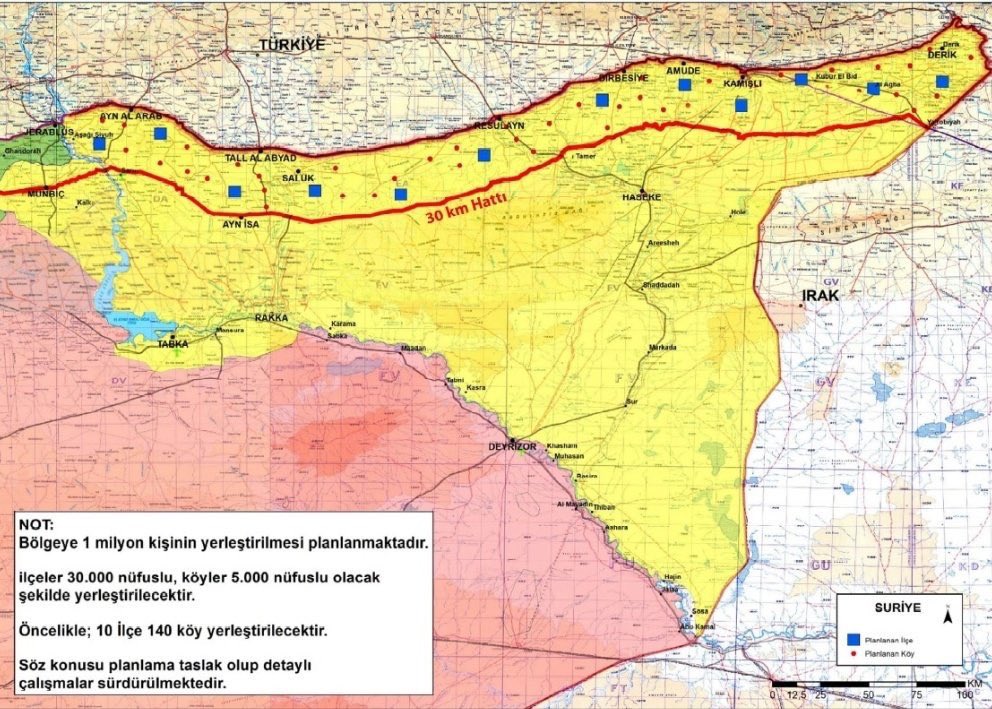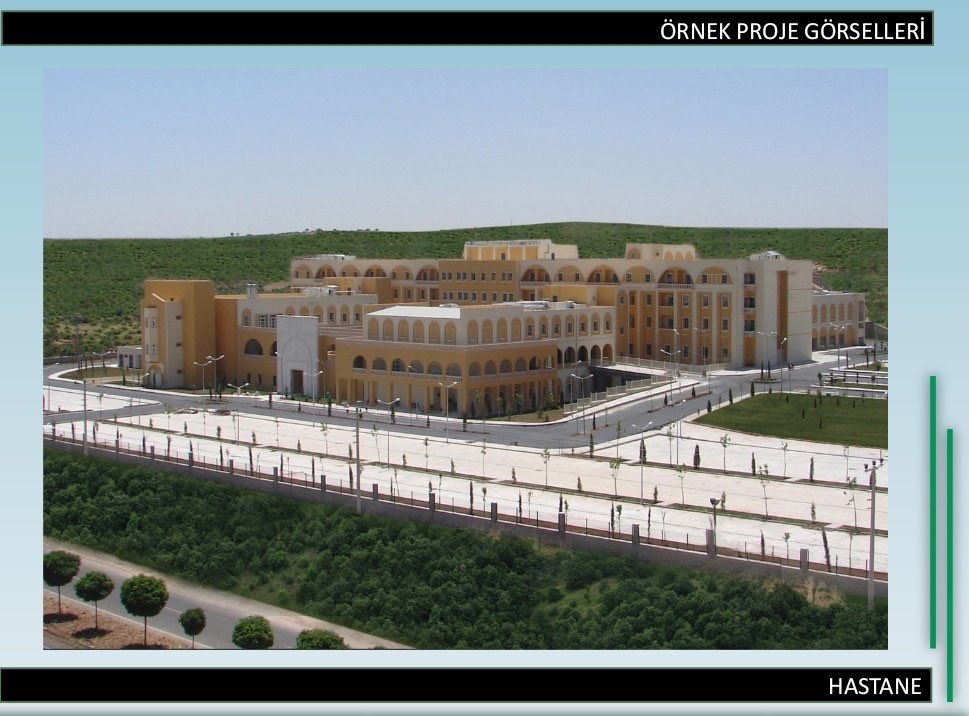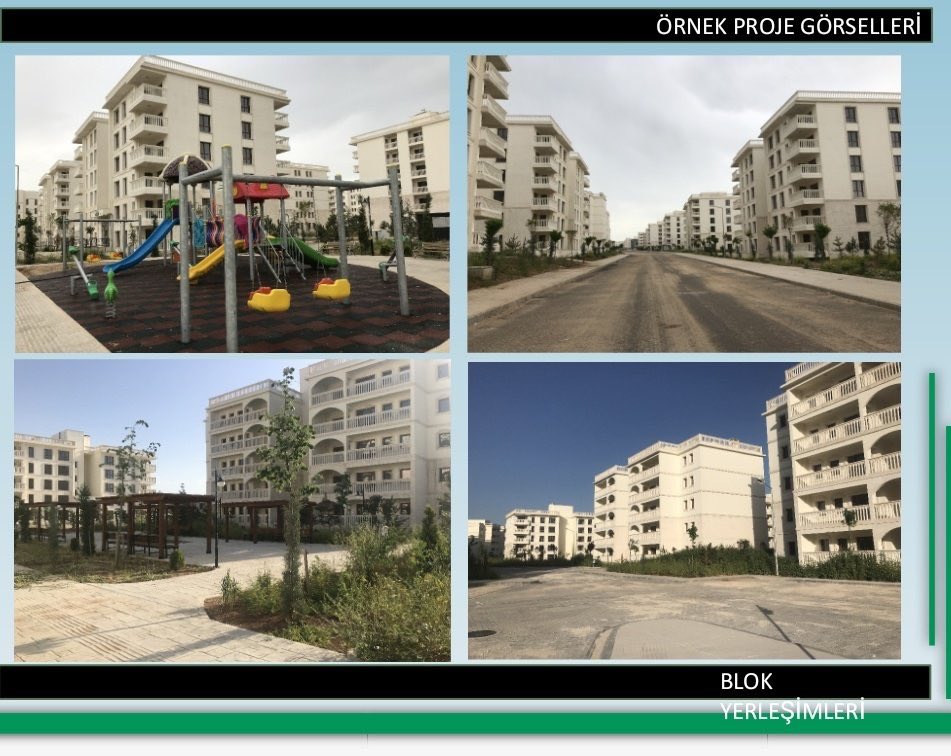If you like these, you’ll like my book, Solar Power Without the Jargon. tinyurl.com/y4bsswty
(This was my opinion in 2018. It is my opinion still).
We may even end up using molten salt for multi-day and seasonal storage... but heat it with PV.
*not really.









